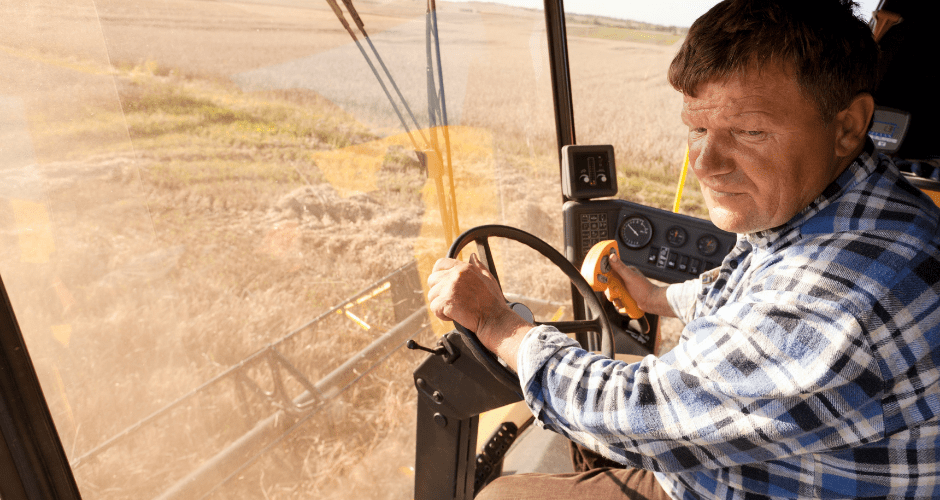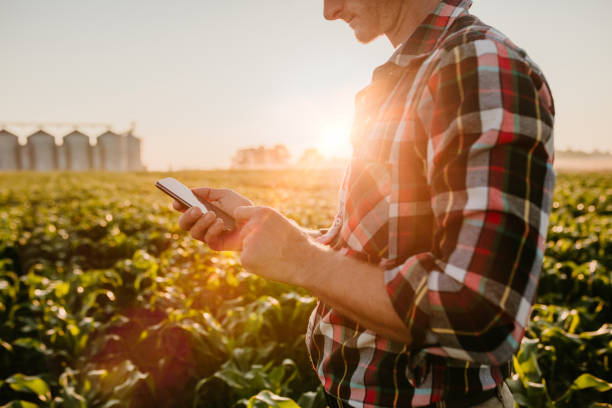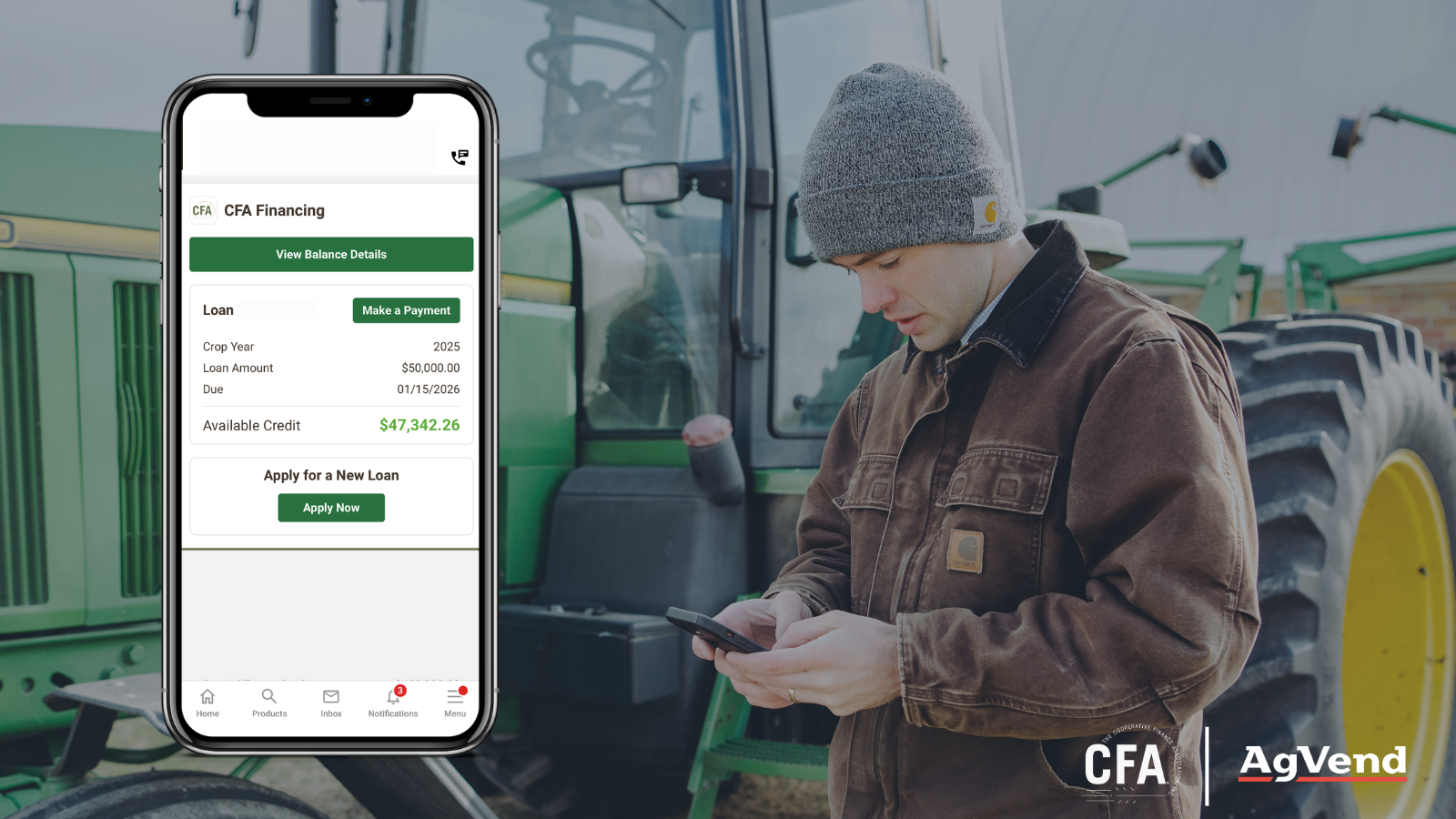
- October 9, 2020
Start Planning Now for your Successful 2021 Sales Season

Ready or not, fall has officially arrived. Football season is here, the leaves are turning to hues of orange, and combines are starting to roll in fields all over the country.
For the next few months, there will be two main concerns on every grower’s mind:
-
How do I keep moving to beat the weather?
and -
What is my plan for next year?
Even with question #1 being the priority, the thoughts of preparing for next year remain top-of-mind. During harvest, ag retailers experience one of their busiest seasons as well, with approximately 40% of their total yearly agronomic sales happening in the next three months.
Keeping this in mind, let’s look at the grower’s perspective for a moment.
In the midst of worrying about getting the yields they need, dispatching their trucks to haul grain to the bin site, and fixing machinery on the fly, they’re constantly thinking about what they did in the past to get them here. This is where their sales agronomist comes in, ready to talk about plans for the 2021 crop while the grower still has one foot firmly in 2020.
The agronomist will need to have several discussions with the grower about how the crop has yielded, where certain seed varieties performed well and where others did not, and how effectively weed and insect pressures were mitigated. Once those conversations are completed, the agronomist prepares their recommendations for the next season. From here, the grower needs to review the plans, ask any questions they may have, and then make a decision on what to actually buy. This often needs to happen in a condensed timeline when growers have pre-pay deadlines and program discounts to consider.
So, how long does this process actually take? On average, our partner retailers say that locking in next year’s plans for one grower takes six touchpoints, including phone calls, texts, emails, and in-person visits. That’s a lot of back-and-forth during the busiest time of the year. And when those touchpoints happen in different places, the likelihood of mistakes and miscommunications are increased.
While we’re a long way from the days where the agronomist needed to drive to a grower’s farm and sit around their kitchen table to talk about next year’s plans, the relationship hasn’t changed. If anything, it’s only getting stronger. What has changed are the available tools and the increasing desire of growers to be able to communicate with their retailers on a digital platform.
What do growers want to be able to do digitally with their trusted ag retailer?
A 2018 McKinsey & Company study shows that 55% of growers still want to engage with their ag retailer, just in a more digitally-enabled way. That percentage continues to increase as time goes on. A major hindrance to these relationships is that some ag retailers struggle to meet the grower where and when they choose to do business. In these instances, the grower has no easy way to digitally evaluate agronomic plans, receive proposals, ask questions, and make product purchases in a centralized location.
In some cases, ag retailers have attempted to offer their customers a digital option to connect, but these platforms often fall short. Many times, growers have to use 2-3 websites to complete a simple task such as paying an invoice, and there is no mobile option. The McKinsey study notes, “On the digital front, farmers complain about clunky interfaces and the hassle of needing multiple devices to complete simple tasks.” The added inconveniences of difficult-to-navigate sites and overall poor user experience prove to be extremely high barriers to entry for an already high-stress process.
Due to COVID-19-imposed regulations, operations evolving, and growers readily adopting digital tools, the time that producers have for a one-on-one conversation is a fraction of what it has been in years prior. With a properly integrated digital platform, the six touchpoints usually needed to gain commitment on a plan can be reduced to two traditional touchpoints, supplemented by more frequent digital interactions.
These digital touchpoints are a much quicker, non-intrusive way for the grower and agronomist to interact with a few taps on their phones. When interactions are streamlined in a single location, mistakes and miscommunications are reduced. As a result, the producer feels more connected to the planning process through 24/7 access to their agronomist. Our partners note that using a digital platform to communicate will speed up the grower’s plan reviewing and purchasing journey by up to two weeks.
At the end of the day, the ag retailer that is the easiest to do business with will win.
Every touchpoint during this busy season costs precious time for both sales teams and growers. Streamlining communications with customers throughout the year saves valuable resources, but the benefits are magnified during harvest through the end of the year. It is essential to make sure your growers and internal teams have the tools they need to successfully plan and execute on plans for the 2021 growing season.
The world isn’t getting less digital, so the best time to get your digital tools in place is now.
—
AgVend powers the omnichannel experience in agriculture. We provide ag retailers with white-labeled information, engagement, and commerce portals. Our suite of products is designed to strengthen the relationship between ag retailers and their grower customers. The AgVend team is comprised of individuals with backgrounds in agriculture, digital marketing, and omnichannel retail, and operates from dual locations in Minnesota and California.


